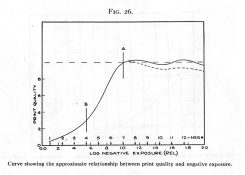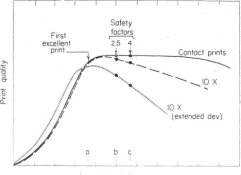Stephen Benskin
Member
Mahler,
People do excellent work not knowing anything about the technical aspects of photography all the time. For me, it's about obtaining more consistent results as well as being able to make personal choices based on knowledge and not hearsay. It's also a great BS meter. May of the discussion here are about the finer points and about a better understanding. There are so many variables involved with shooting, how we see, and personal taste, that there's enough slop that most of what we discuss here doesn't have much of an influence. People can get acceptable results the majority of the time with pocket instamatic and disposable cameras which have no meter abd a single f/stop and shutter speed. The majority of the scenes encountered fall around the average. The only time you will really see a difference is with extreme situations.
People do excellent work not knowing anything about the technical aspects of photography all the time. For me, it's about obtaining more consistent results as well as being able to make personal choices based on knowledge and not hearsay. It's also a great BS meter. May of the discussion here are about the finer points and about a better understanding. There are so many variables involved with shooting, how we see, and personal taste, that there's enough slop that most of what we discuss here doesn't have much of an influence. People can get acceptable results the majority of the time with pocket instamatic and disposable cameras which have no meter abd a single f/stop and shutter speed. The majority of the scenes encountered fall around the average. The only time you will really see a difference is with extreme situations.




